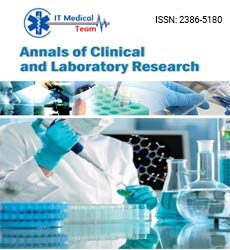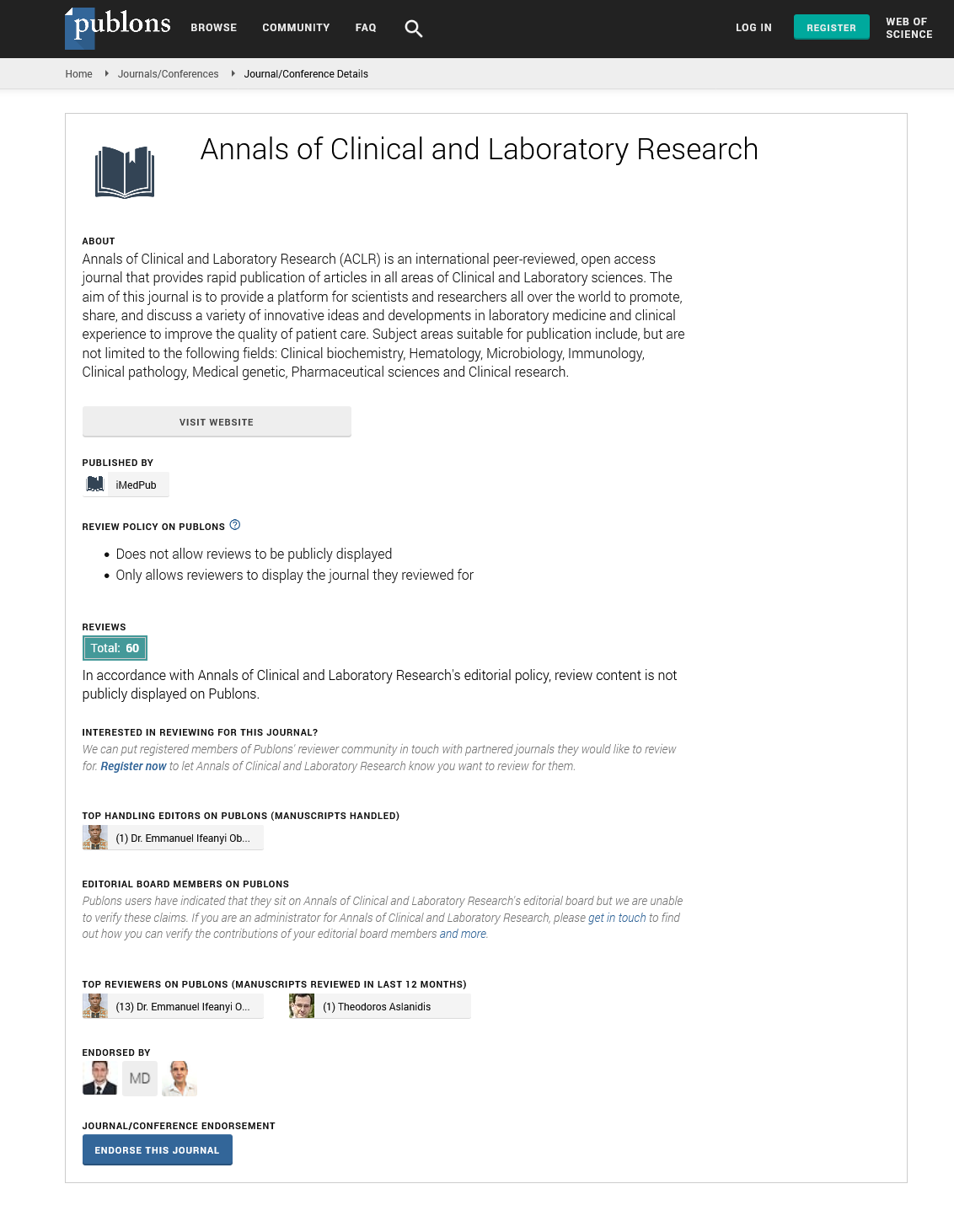Commentary Article - (2025) Volume 0, Issue 0
Commentary: Neutralizing Marinobufagenin – A Targeted Therapeutic Strategy in Pre-Eclampsia
John Wages* and
James W. Larrick
Panorama Research Inc, Bordeaux DriveSunnyvale, California, USA
*Correspondence:
John Wages,
Panorama Research Inc, Bordeaux DriveSunnyvale, California,
USA,
Email:
Received: 15-Apr-2025, Manuscript No. IPACLR-25-15679 ;
Editor assigned: 17-Apr-2025, Pre QC No. IPACLR-25-15679 (PQ);
Reviewed: 28-Apr-2025, QC No. IPACLR-25-15679 ;
Revised: 05-May-2025, Manuscript No. IPACLR-25-15679 (R);
Published:
14-May-2025
About the Study
Pre-eclampsia (preE) is a major cause of morbidity and mortality during pregnancy. The causes are poorly understood. Several lines of evidence suggest the endogenous cardiotonic steroid, Marinobufagenin (MBG), as a contributing factor in at least a subset of preE. Since the 1980s, the existence of an “endogenous digitalis-like factor” has been suspected, and antidigoxin antibodies lowered blood pressure and reduced proteinuria in a preE rat model and improved symptoms of preE in a few small clinical trials. Following the identification of MBG as the suspected digitalis-like factor by Bagrov and co-workers, a polyclonal MBG antiserum was shown to normalize blood pressure in a rat model of preE. Similar results were obtained with a mouse monoclonal Ab to MBG, 3E9. In this study, human anti-MBG monoclonal antibodies were identified by panning a human phage library and by humanizing the 3E9 murine antibody. The humanized antibody was chosen as a lead for further development as a potential therapeutic for preE. The humanized antibody was shown to reduce inhibition of proliferation induced by MBG in a human Cytotrophoblast (CTB) cell line. In addition, anti-MBG mitigated the effects of MBG on migration and invasion by CTB cells. CTB cells in culture secrete angiogenic factors. MBG at 1nM or higher concentrations decreased the pro-angiogenic factors Vascular Endothelial Growth Factor (VEGF) and Placental Growth Factor (PlGF), while increasing secretion of anti-angiogenic soluble Fms-like tyrosine kinase 1 (sFlt-1) and Soluble Endoglin (sENG). Pretreatment with the anti-MBG antibody reduced the effects of MBG on all four angiogenic factors studied.
Finally, the investigators examined the effects of anti-MBG in the rat Desoxycorticosterone Acetate (DOCA) model of preE. In the DOCA-saline rat model, hypertension, proteinuria, and effects on fetal development and litter size are induced by DOCA and saline drinking water. Rats were divided into five groups: Group 1: normal pregnant rats; Group 2: rats initially injected i.p. with 12.5 mg of DOCA, followed by a weekly i.p. injection of 6.5 mg of DOCA, as well as with drinking water replaced with 0.9% saline; Group 3: normal pregnant rats given MBG injections (7.65 μg/kg/day) from gestation day four; Group 4: rats given DOCA and saline, as for Group 2, as well as the murine anti-MBG antibody 3E9 (2.2 mg/kg/day) from GD16-GD18; Group 5: rats given DOCA and saline, as for Group 2, as well as humanized anti-MBG antibody (2.2 mg/kg/day) from GD16-GD18. The doses of antibody concentrations (2.2 mg/kg=3.7 nmol for a 0.25 kg rat) were determined to be sufficient to neutralize anticipated levels of plasma MBG. Systolic Blood Pressure (BP) was measured with a tail cuff at the beginning of the study and on days 17, 18 and 19. The mean of the three final readings was reported. On days 18-20 of pregnancy, 24 h urine was collected, protein excretion was measured and normalized to creatinine. The fetal pups were counted, and litters were examined for any developmental abnormalities. Statistical analysis was performed using analysis of variance and Tukey’s post hoc test, with a p ≤ 0.05 being considered statistically significant. Animals treated with DOCA and saline (NPS) showed significant increases in blood pressure, proteinuria, and percentage of malformed pups, in comparison to control pregnant animals. Animals treated with MBG alone (no DOCA or saline) also showed statistically significant spikes in BP, proteinuria, and percentage of malformed pups, relative to control pregnant animals. Treatment with anti-MBG murine antibody 3E9 or with anti-MBG human antibody did not show a statistically significant increase in BP, proteinuria, or malformed pups, compared to control DOCA-saline-treated animals. The humanized anti-MBG antibody completely prevented all of these effects, normalizing blood pressure and urinary protein, as well as eliminating effects on litter size and fetal development. Note that the administration of MBG alone (in the absence of DOCA or saline) induced similar effects. The authors conclude that humanized anti-MBG monoclonal has potential as a therapeutic for preE.
Citation: Wages J and Larrick JW (2025) Commentary: Neutralizing Marinobufagenin – A Targeted Therapeutic Strategy in Pre-Eclampsia. Ann Clin
Lab Vol.13 No.S5:003
Copyright: © 2025 Wages J, et al. This is an open-access article distributed under the terms of the Creative Commons Attribution License, which
permits unrestricted use, distribution and reproduction in any medium, provided the original author and source are credited.






